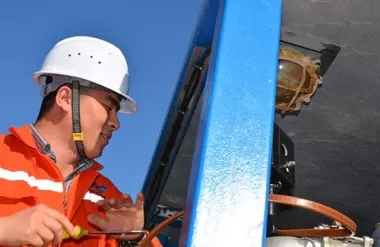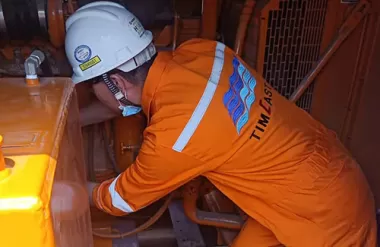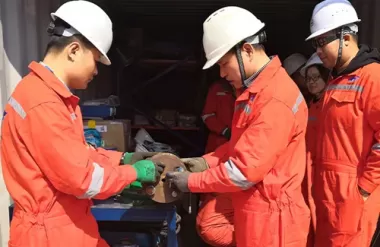Dec. 12, 2023
In the world of industrial processes and temperature control, Electric Heat Trace (EHT) technology plays a crucial role. Understanding the basics of this technology is essential for efficient operations and ensuring the longevity of equipment. This article delves into the fundamentals of Electric Heat Trace, providing insights into its applications, benefits, and key considerations.
Electric Heat Trace is a method used to prevent pipes, vessels, and other equipment from freezing or maintaining a specific temperature. It involves the installation of electrically conductive cables or heating elements along the surface of the equipment, providing a continuous and controlled heat source.
Electric Heat Trace finds wide-ranging applications in various industries, including oil and gas, petrochemicals, food processing, and more. It is commonly used for freeze protection, viscosity control, and temperature maintenance in pipelines, tanks, and instrumentation.
Electrical Heat Tracing Business
When compared to traditional heating methods, Electric Heat Trace offers several advantages. It is energy-efficient, precise in temperature control, and requires minimal maintenance. Additionally, it can be easily retrofitted to existing systems, making it a cost-effective solution for many industries.
Understanding the components of an Electric Heat Trace system is crucial for its proper functioning. This section explores the key elements, including the heating cable, power connection, control panel, and temperature sensors.
Proper installation is paramount for the effectiveness of Electric Heat Trace systems. This involves selecting the right type of heating cable, determining the appropriate heat output, and ensuring uniform distribution. Routine maintenance, including inspections and testing, is essential to identify and address any issues promptly.
A: Electric Heat Trace prevents freezing by maintaining a consistent temperature along the surface of pipes or equipment. This ensures that the contents remain above their freezing point, preventing ice formation.
A: Yes, Electric Heat Trace is suitable for outdoor use. Specialized cables designed to withstand harsh weather conditions are available, making it effective for freeze protection in outdoor pipelines.
A: Yes, Electric Heat Trace systems are available with certifications for hazardous areas. It is crucial to select systems that comply with industry safety standards for such applications.
Conclusion: Embracing Electric Heat Trace technology is a strategic move for industries that require precise temperature control and protection against freezing. By understanding the basics and implementing best practices, businesses can enhance efficiency and ensure the reliability of their operations.
Dec. 12, 2023
The Basics of Electric Heat Trace Technology In the world of industrial processes and temperature control, Electric Heat Trace (EHT) technology plays a crucial role.Nov. 23, 2023
Performing a Leak Test: Step-by-Step Guide A leak test is a crucial procedure to ensure the integrity of a system and identify potential leaks in pipes, joints, or containers.Nov. 08, 2023
Main Steps of a Flange Management Procedure Flange management is a critical aspect of maintaining the integrity and reliability of piping systems in various industries.

